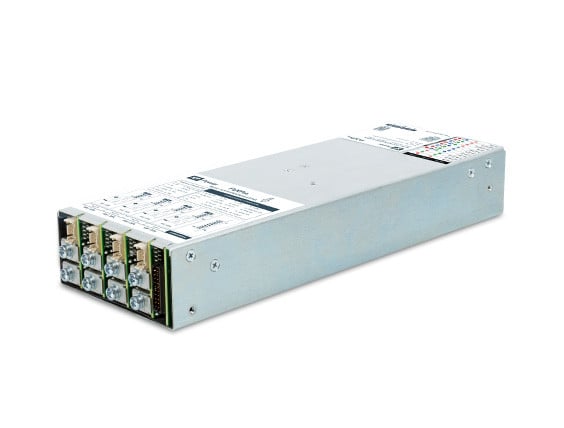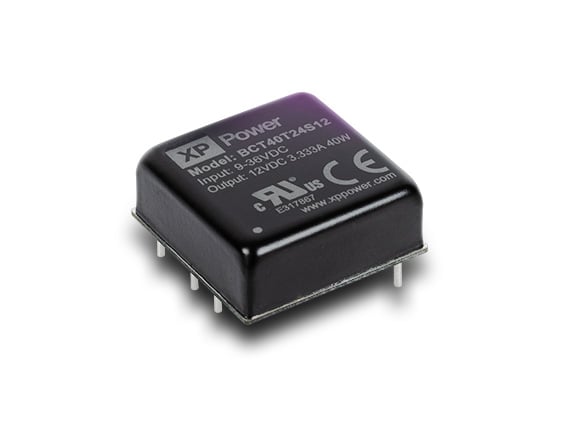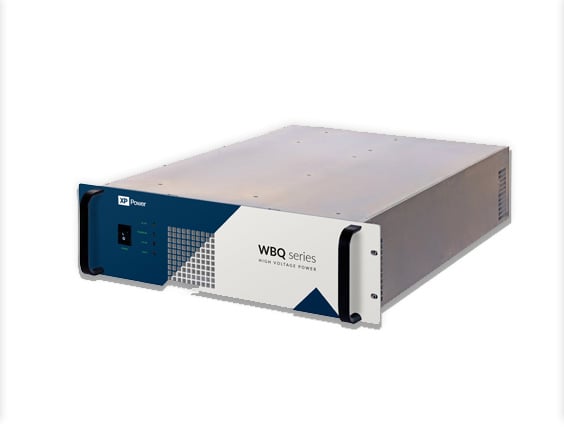
Our Product Marketing Manager, Shravan Govindaraj, discusses what causes failure in electronic equipment design and how to improve power supply reliability.
Overview
- Careful design has a big impact on safety margins in electronic equipment.
- Complexity, stress factors and component selection significantly affect device reliability.
- Temperature, voltage, vibration, and current-induced temperature rise are all stress factors that affect power supply stability.
- Selecting the right components is critical in preventing system failures.
Electronic equipment field failures can happen because of deficiencies in the design, component application, or external factors like sporadic voltage surges. These factors might fall beyond the specified parameters, remaining unnoticed until they lead to a unit failure. Making the units sufficiently robust through careful design and controlled overstress testing is a very important part of making the equipment reliable and durable.
The three critical factors contributing to electronic equipment failure
You should keep the following in mind when thinking about how to best prevent your device from failing:
1. Excessive complexity
Simplicity is key in electronic design, as what isn't there cannot fail! On the other hand, excessive complexity or convoluted specifications often lead to reduced reliability.
It's important to note that reduced reliability is more a consequence of an increased component count rather than the shortcomings of the design team. Each additional component contributes to the potential points of failure.
2. Various stresses
Electronic equipment faces various stresses, with the primary ones being temperature changes, fluctuations in voltage, vibrations, and the heating caused by electrical current. To ensure a dependable power supply, it's crucial to adjust the operating conditions for these stresses through derating. However, you need to strike a balance between derating, cost, and size considerations.
Positioning heat-generating components away from others and ensuring effective cooling through adequate ventilation and thermal barriers will help minimize thermal stress. Emphasizing these provisions is crucial, as a mere 10 ºC increase in temperature can double component failure rates. It's also worth noting that making equipment smaller without improving its efficiency can make it hotter and less reliable.
3. Inherent reliability
Inherent reliability refers to the fact that, for example, film capacitors are more reliable than electrolytic capacitors, wirewrap connections are more reliable than soldered ones, and fixed resistors are more reliable than potentiometers. Components must be carefully selected to avoid the types with high inherent failure rates and quite often there is a cost trade-off because the more reliable components are usually more expensive.
Carrying out an assessment is the most useful and accurate way of predicting power supply failure rates. To do this, several units are put on life test, at an elevated temperature, and so the stresses and the environment are controlled.
Summary
Several critical factors influence power supply reliability in electronic equipment design and success hinges on meticulous design and controlled overstress testing to bolster your unit’s robustness.
As outlined above, careful consideration of the impact of complexity, stress factors, and component selection are all crucial for device reliability. XP Power is committed to being a leading provider of high reliability power solutions that reduce the production and running costs of your equipment, enabling you to gain a competitive advantage.
Please contact a member of our dedicated support team for further information regarding our market leading power solutions.








